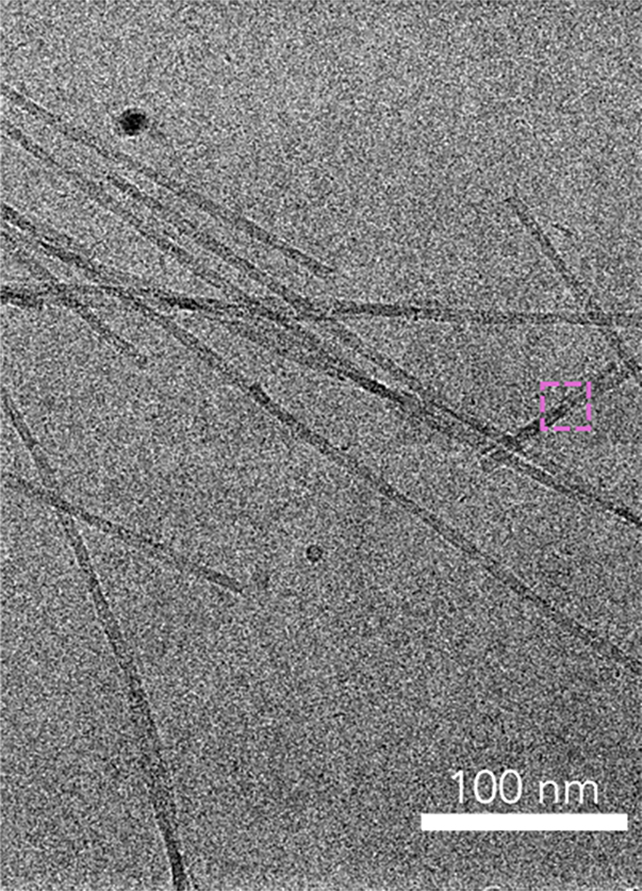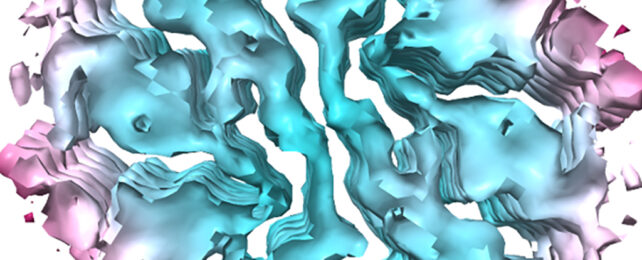Alzheimer's disease and other neurodegenerative conditions can sometimes feature damaging clumps of tau proteins that have become deformed. Scientists have now synthesized these misshapen entities in the lab for the first time, which should accelerate research into how to treat these diseases.
When proteins fold in the body, these key biological machines take their 3D shape and begin work. However, misfolded proteins that cause further misfolding known as prions can occur and cause damage.
While tau proteins aren't prions in the classic sense, they can behave a lot like them. Misfolded tau proteins can cause molecules around them to change behavior, including forming tangles called fibrils.
What scientists don't yet know is why these prion-like misfolds in tau occur, or how they might be stopped. In this new study, a fragment of a tau protein was created that acted in the recognized prion style, and with a mutation associated with neurodegeneration.

According to the authors of the new study, from Northwestern University in Illinois and the University of California, Santa Barbara (UC Santa Barbara), this 'mini prion' will give us a much improved way of simulating and tracking disease progression.
"We made a mini version that is easier to control, but it does all the same things that the full-length version does," says physical chemist Songi Han, from Northwestern University.
"It does the seeding, causing normal tau protein to misfold and join the fibrils."
The team used a careful process of chemical engineering to create their mini prion, before putting it through several experiments and simulations to analyze how the tau protein moves and folds over time.
Already, the synthetic tau fragment is leading to new insights. The researchers found that a mutation in the protein changes the structure of the water around it, which in turn could influence misfolding behavior.
"Water is a fluid molecule, but it still has structure," says Han.
"The mutation in the peptide might lead to a more structured arrangement of water molecules around the mutation site. This structured water influences how the peptide interacts with other molecules, pinning them together."
Scientists still aren't sure if tau strands are the main trigger for diseases such as Alzheimer's, but they look likely to be one of the key drivers – gradually causing more and more proteins to get bent out of shape.
Right now, misfolded tau protein samples are obtained from post-mortem brains, but they're difficult to come by, and can vary significantly between people who had neurodegenerative diseases when they died.
Having synthetic tau prion models that can be controlled and tweaked in the lab removes that bottleneck, speeding up the process of studying these abnormalities in the brain and figuring out how they might be tackled.
"Creating self-propagating tau fragments that can recreate the fibril structure and misfolding that is unique to each tauopathy disease is a crucial step forward in our ability to understand and model these complex diseases," says Han.
The research has been published in PNAS.
